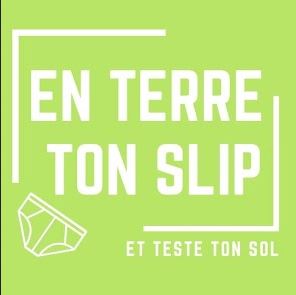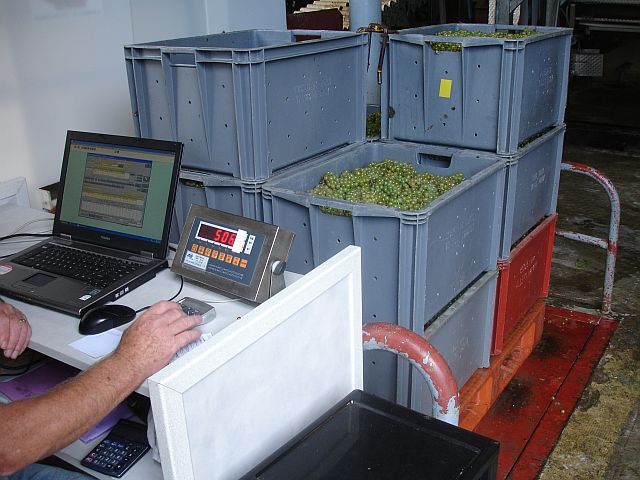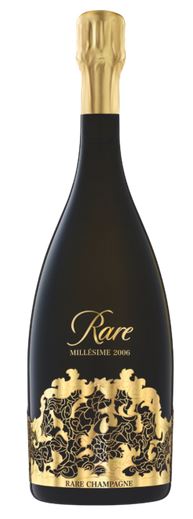CHAMPAGNE BULLETIN SEPTEMBER 2020
Ups and downs in Champagne
Let’s start this month’s bulletin with somethings completely different.
An alternative use for your underwear

This is one of the weirdest things I’ve heard of in a long time, but it’s attracting more and more attention in several parts of Champagne. And it’s is all part of a programme called En Terre Ton Slip to assess the quality of the soil
What you have to do is bury a pair of cotton underpants in the soil, leave it there for three months then dig it up again to see how much is has decomposed. Don’t worry. You don’t have to use your own underwear; standard issue underpants are given to anyone who wants to take part.
The idea is simple; healthy soil is teeming with insects, bacteria and other organisms that will degrade the cotton material quite quickly, so the greater the extent of decomposition, the healthier your soil.
There is even a competition: once you’ve dug up the underwear, you submit your exhibit and a panel of judges will assess all the entries and award prizes.
The investment market

As regards wine, the Crus Classés wines of Bordeaux are the ones that spring immediately to mind but there’s a market for champagne too.
It has to be said that only the best vintages from a handful of the most famous champagne brands such as Bollinger, Roederer, Dom Pérignon, Salon and Krug are traded on Live-ex – the leading fine wine platform - but the returns are impressive. Between 2011 and 2020 the best performing brand/vintage has seen its price increase by 160% and several other brands/vintages have seen gains of 60% and more.
It’s a small, specialist market best suited to experienced investors and it’s unlikely, in my opinion, to expand much beyond the famous brands mentioned above plus a very few others, but if someone asked me which brands might break into this exclusive circle in the years to come, I’d keep my eye on Selosse, Egly-Ouriet and Henri Giraud – all champagnes of the highest quality that are made in limited volumes: two important criteria for investors.
Do you have any other candidates to suggest?
The grape market
 While the price of these investment champagnes has been going up and up, another trend in champagne has come to an end this year and has registered a slight decline for the first time in since 1994: the price of grapes.
While the price of these investment champagnes has been going up and up, another trend in champagne has come to an end this year and has registered a slight decline for the first time in since 1994: the price of grapes.
The average price of a kilo of grapes fell this year by between €0.20 - €0.25 to settle just below €7/kg (1kg = 2.2 pounds) which still means that grapes in Champagne are the most expensive in the world.
Mind you, with 7 varieties of grape grown in Champagne, over 20 sub-regions, 320 villages and goodness knows how many individual vineyards plots, each of which will command a slightly different price, the average price hides hundreds of small variations.
Nevertheless, it’s a sign of these difficult times that the relentless increase in price has come to a halt and is unlikely to resume its upward curve in the next year or two.
What’s the best champagne this year?

Piper Heidsieck along with its near namesake Charles Heidsieck were both acquired by the EPI group in 2011. The quality of Charles Heidsieck has always been recognised, but with sales barely reaching 100,000 bottles per year, its reputation far exceeded its reach. Piper Heidsieck meanwhile, was positioned as a value-for-money mid-to-low priced and had lost much of its lustre.
In the past decade great progress has been made for both brands. Sales of Charles Heidsieck are reported to have increased by a factor of 10 whilst the quality of Piper Heidsieck is generally accepted to have much improved while a new brand, Rare, has been spun off to represent the very best of what Piper has to offer.
If the result of this year’s Champagne Masters is anything to go by, the strategy has been a spectacular success.
One thing I do find a little frustrating about all the competitions that one reads about is that the same, relatively small number of brands always seem to carry off the accolades. There are some exceptions of course, but by and large one sees the same names each year receiving the medals.
This may, of course, be simply confirmation of these brands’ superior quality, but since one rarely gets to see the full list of the wines that were entered into the competition but did not receive any special appreciation, it’s impossible to know whether the less well-known brands are entering or not.
If not, I can think of a few stunning champagnes that would not disgrace any tasting competition and perhaps you can too. Any suggestions?
Anyone have a crystal ball?
 Next month sees the start of the all-important last quarter of the year which is so crucial to champagne sales. It’s hard to foresee how things will go because of the conflicting indicators.
Next month sees the start of the all-important last quarter of the year which is so crucial to champagne sales. It’s hard to foresee how things will go because of the conflicting indicators.
On the one hand, the 12 month rolling figures for shipments up to the end of July give a total of just 258 million bottles - not as bad as some feared, but of course that may continue to decline for a few months before it turns upward again.
On the other hand, some markets are doing well. Champagne sales in the UK are holding up very well according to the Champagne Agents Association with 12 monthly figures to August 2020 for both volume and value ahead of the same time in 2019, the latter up by as much as 25%.
In addition, the popularity of rosé wines of all descriptions shows little sign of slowing down and rosé champagne will undoubtedly claim a share of that pie.
All will no doubt become clear in the near future, so watch this space.
JH
